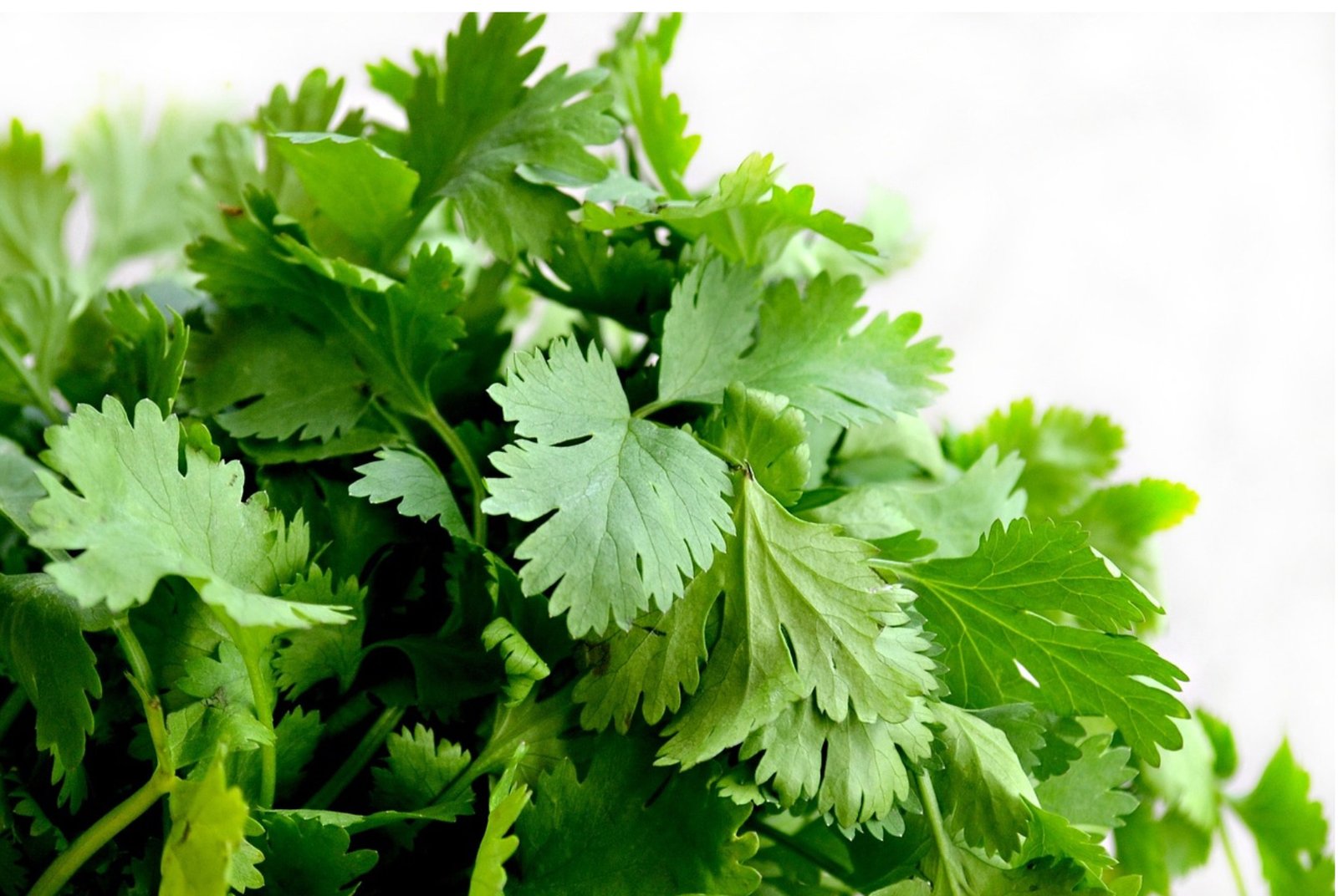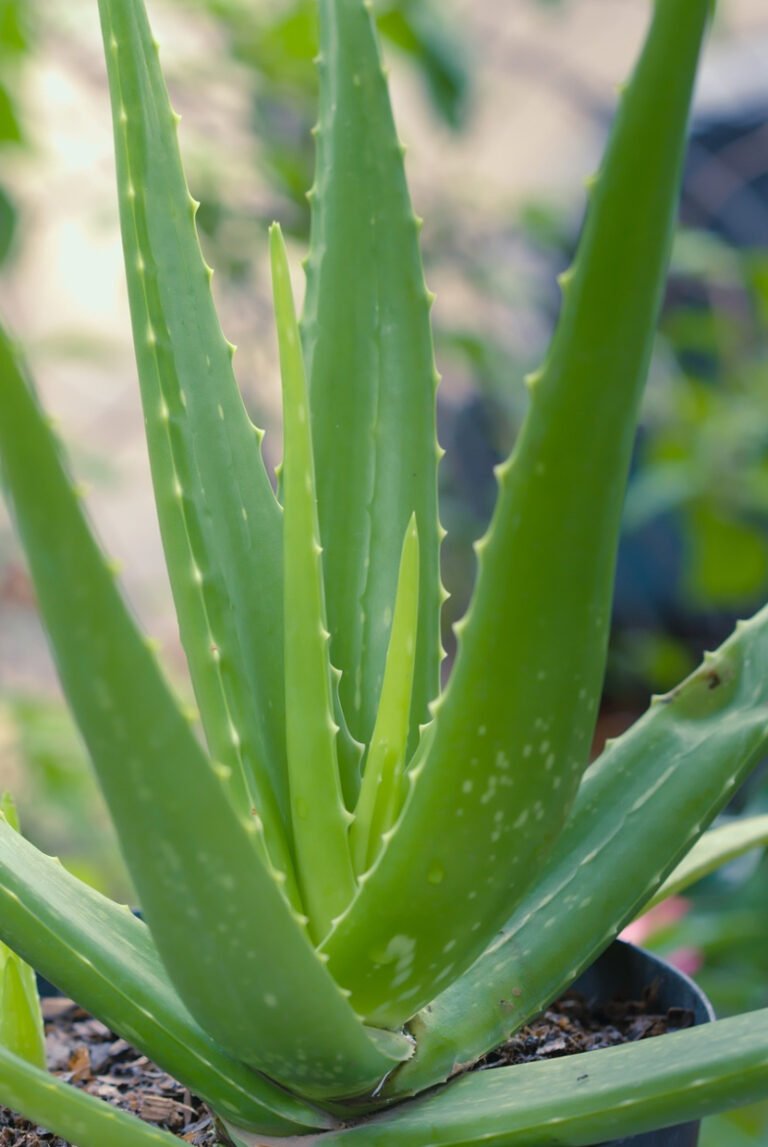When and how can we plant and care for cilantro?


Key Points for Planting and Caring for Cilantro
- Plant in cool weather: Start cilantro early in spring or in fall when temperatures are cool.
- Direct sow seeds: Cilantro doesn’t transplant well, so it’s best to sow seeds directly in the garden or container.
- Water consistently: Keep the soil evenly moist but not waterlogged to support healthy growth.
- Provide shade in hot climates: Cilantro bolts quickly in high heat, so provide partial shade during the hottest part of the day.
- Harvest regularly: Regular harvesting promotes more leaf production and delays bolting.
- Consider succession planting: To have a continuous supply of cilantro, plant seeds every 2–3 weeks during the growing season.
Cilantro (also known as coriander) is an easy-to-grow herb that thrives in cool weather. Here’s a detailed guide on when and how to plant and care for cilantro:
When to Plant Cilantro
- Indoor: Cilantro can be grown indoors year-round, but it prefers cooler temperatures. Start seeds indoors if you want a continuous supply, especially in very hot or cold climates.
- Outdoor: Plant cilantro outdoors in early spring or fall, as it prefers cooler temperatures. You can plant 2–4 weeks before the last frost in spring and again in the fall once temperatures cool down (below 75°F or 24°C).
How to Plant Cilantro
Location
- Indoor: Place cilantro near a sunny window where it can receive at least 4–6 hours of sunlight. If the light is insufficient, you can supplement it with grow lights.
- Outdoor: Choose a location with full sun to partial shade. In warmer climates, cilantro appreciates some afternoon shade.
Soil Requirements
- Soil type: Cilantro prefers well-drained, fertile soil rich in organic matter.
- pH: A slightly acidic to neutral pH between 6.2 and 6.8 is ideal.
Container Planting (Indoors or Outdoors)
- Container size: Use a container that’s at least 8–12 inches deep to allow space for root growth.
- Drainage: Ensure the container has drainage holes to prevent waterlogging.
- Soil: Use high-quality potting soil enriched with compost or a balanced organic fertilizer.
Planting and Preparing
- Direct seeding: Cilantro grows best from seeds rather than transplants, as it has a delicate root system that doesn’t handle transplanting well.
- Depth: Sow seeds about ¼ inch deep and cover them lightly with soil.
- Spacing: Space seeds about 6–8 inches apart if planted directly in the garden or thin seedlings to this distance after they germinate.
How to Care for Cilantro
Watering
- Consistency: Water cilantro regularly to keep the soil moist but not waterlogged. It prefers evenly moist soil, especially during hot weather.
- Method: Water at the base of the plant to avoid splashing water on the leaves, which can encourage fungal diseases.
Sunlight
- Indoor: Cilantro requires at least 4–6 hours of sunlight per day. Supplement with grow lights if growing indoors year-round.
- Outdoor: Cilantro thrives in full sun to partial shade. In hot climates, provide some shade during the hottest part of the day to prevent it from bolting (going to seed too quickly).
Temperature
- Cilantro grows best in cool temperatures, between 50–75°F (10–24°C). It tends to bolt (flower and go to seed) in temperatures above 85°F (29°C). For continuous harvest, plant successively every 2–3 weeks during the cool season.
Fertilizing
- Type: Cilantro doesn’t need heavy fertilizing. Use a balanced organic fertilizer once a month, or enrich the soil with compost at planting.
- Amount: Over-fertilizing can cause the plant to produce more leaves but may encourage it to bolt prematurely.
Pruning
- Harvesting leaves: Regularly snip off the outer leaves of the plant as it grows. This will encourage more leaf production and delay bolting.
- Preventing bolting: To extend the leaf-harvesting season, pinch off flower stalks as they appear. Once the plant bolts, the leaves will turn bitter.
How to Grow Cilantro in Cold and Warm Climates
- Cold Climate:
- Start seeds indoors if the growing season is short. Cilantro tolerates light frost, so you can plant early in spring and again in late summer or fall.
- Use row covers or cloches to protect the plants from unexpected frosts.
- Warm Climate:
- Plant cilantro in the fall, winter, or early spring, when temperatures are cooler.
- Provide partial shade during the hot afternoon to prevent bolting.
- Mulch around the plants to retain soil moisture and keep the roots cool.
Pests and Diseases
- Common Pests: Aphids, armyworms, and leaf miners are common pests for cilantro. Use insecticidal soap or neem oil to control these pests.
- Diseases: Cilantro is prone to fungal diseases like powdery mildew and damping-off. Ensure good air circulation and avoid overwatering.
Harvesting Cilantro
- When to harvest: Begin harvesting cilantro leaves when the plants are about 6–8 inches tall. Regular harvesting will keep the plant producing fresh leaves.
- Method: Cut the outer leaves first, leaving the center of the plant to continue growing. Be careful not to remove too many leaves at once.
- Coriander seeds: If you let cilantro flower and go to seed, you can harvest the seeds (known as coriander). Allow the flower heads to turn brown and dry, then collect the seeds.
Key Points for Planting and Caring for Cilantro
- Plant in cool weather: Start cilantro early in spring or in fall when temperatures are cool.
- Direct sow seeds: Cilantro doesn’t transplant well, so it’s best to sow seeds directly in the garden or container.
- Water consistently: Keep the soil evenly moist but not waterlogged to support healthy growth.
- Provide shade in hot climates: Cilantro bolts quickly in high heat, so provide partial shade during the hottest part of the day.
- Harvest regularly: Regular harvesting promotes more leaf production and delays bolting.
- Consider succession planting: To have a continuous supply of cilantro, plant seeds every 2–3 weeks during the growing season.
what is the different between cilantro and parsley
Cilantro and parsley are often confused because they look similar, but they have distinct differences in terms of flavor, appearance, and culinary uses. Here’s a breakdown:
1. Appearance:
- Cilantro (Coriandrum sativum): Cilantro leaves are more rounded with a delicate, lacy look and have a slightly more curved and jagged edge. The leaves are softer and more tender.
- Parsley (Petroselinum crispum): Flat-leaf parsley has more pointed leaves with a less lacy look, while curly parsley has tightly curled leaves. Parsley leaves are generally firmer and thicker than cilantro.
2. Flavor:
- Cilantro: Cilantro has a bright, citrusy, slightly peppery flavor. It can taste soapy to some people due to a genetic variation that makes them sensitive to aldehydes found in cilantro.
- Parsley: Flat-leaf parsley has a milder, fresh, slightly peppery flavor with some bitterness. Curly parsley is even milder and often used as a garnish without much contribution to the flavor of dishes.
3. Culinary Uses:
- Cilantro: Common in Latin American, Indian, Middle Eastern, and Asian cuisines. It is used fresh in dishes like salsa, guacamole, curries, chutneys, and pho.
- Parsley: Often used in Mediterranean, European, and Middle Eastern cuisines. Flat-leaf parsley is frequently added to salads like tabbouleh, sauces, soups, and stews, while curly parsley is often used for garnish.
4. Aroma:
- Cilantro: Strong, citrusy, and pungent aroma.
- Parsley: Milder, earthy, and slightly grassy smell.
5. Nutritional Content:
- Both are rich in vitamins (especially Vitamin C and K), but parsley tends to have a higher concentration of certain nutrients, such as Vitamin K and folate, than cilantro.
6. Roots:
- Cilantro: The roots of cilantro are also used in cooking, particularly in Thai cuisine for making curry pastes and soups.
- Parsley: Some varieties, like Hamburg parsley, have edible roots that are used like root vegetables.
In summary, cilantro is more pungent and flavorful, often associated with bold, spicy dishes, while parsley has a milder, earthier taste and is used for both cooking and garnishing.





